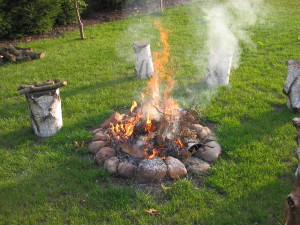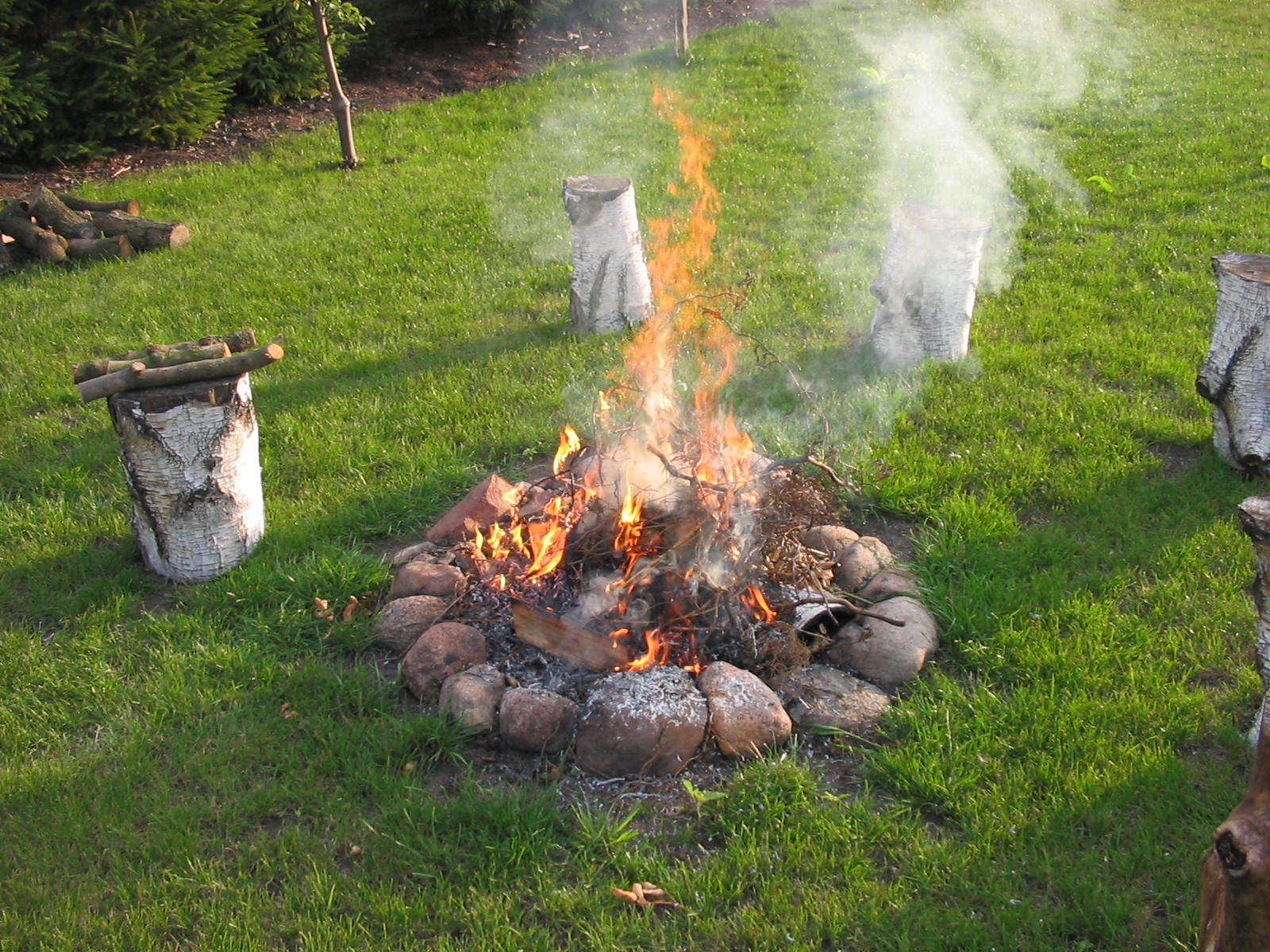 It sounds easy doesn’t it? Gather some wood and build a fire.
It sounds easy doesn’t it? Gather some wood and build a fire.
If you’ve ever arrived at your campsite on a dreary, rain-soaked day, you know how hard it can be to get a fire going.
Even though the outside of the wood may be wet, the inside of larger pieces is probably dry. So bring a hatchet and be prepared to split some logs. Make sure you buy waterproof matches or carry a fire starter. Either will light a fire while raining. Dry kindling is harder to find than dry wood. The easiest solution is to bring a supply of kindling from home to get that first fire started without a hitch.
Some campers bring a few dry logs as well. Make sure though to check with the local regulations to ensure that you can bring wood from the original location to the new location. This is because invasive insects and diseases can hitch a ride in the wood and spread to new areas, where they can devastate local forests. Invasive species like the emerald ash borer, Asian longhorned beetle, or spongy moth (formerly called the gypsy moth) often live under the bark or inside the wood. These bugs are hard to see and may not be killed by simply drying or burning alone. Once introduced to a new area, these pests can kill millions of trees, permanently altering ecosystems and harming industries like forestry, maple syrup, and tourism. Most native forests often have no natural defenses against these foreign pests, so they spread rapidly and are hard (or impossible) to eradicate. The safest option is to buy firewood close to where you burn it. Don’t bring it from home, and don’t take it with you when you leave.

Next: Campfire Dining
Previous: Camping checklist: What kind of camper are you?
Rita Liotta is a successful freelance writer offering guidance and suggestions for consumers regarding camping stoves, pocket knives, compass and topographical maps. Her many articles give information and tips to help people save money and make smarter decisions.

